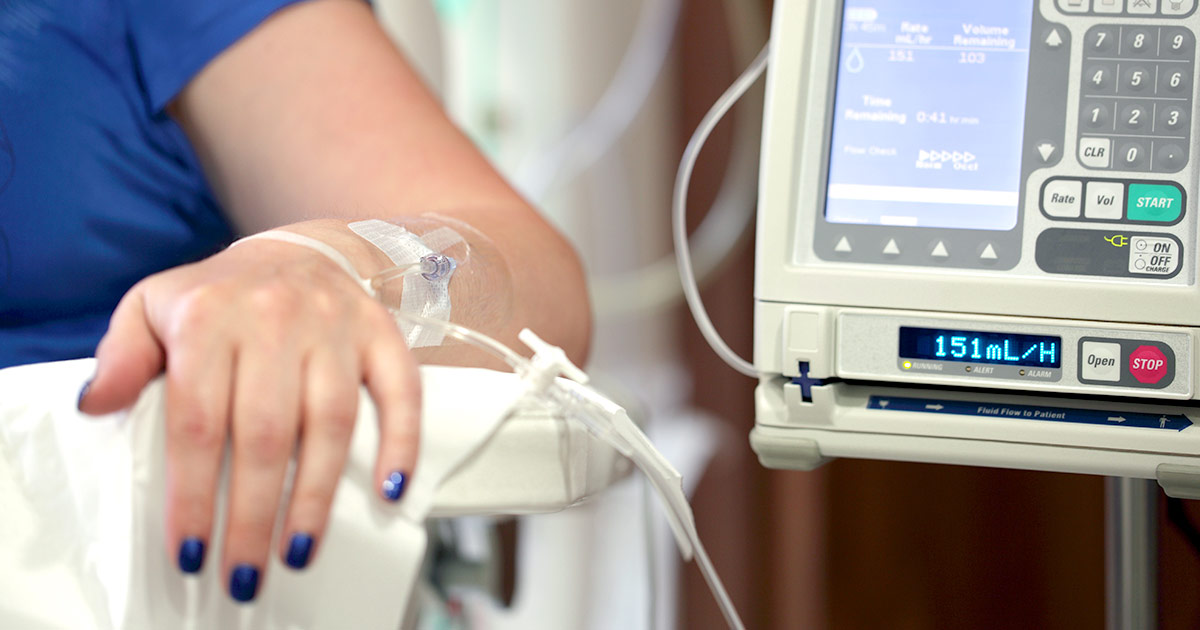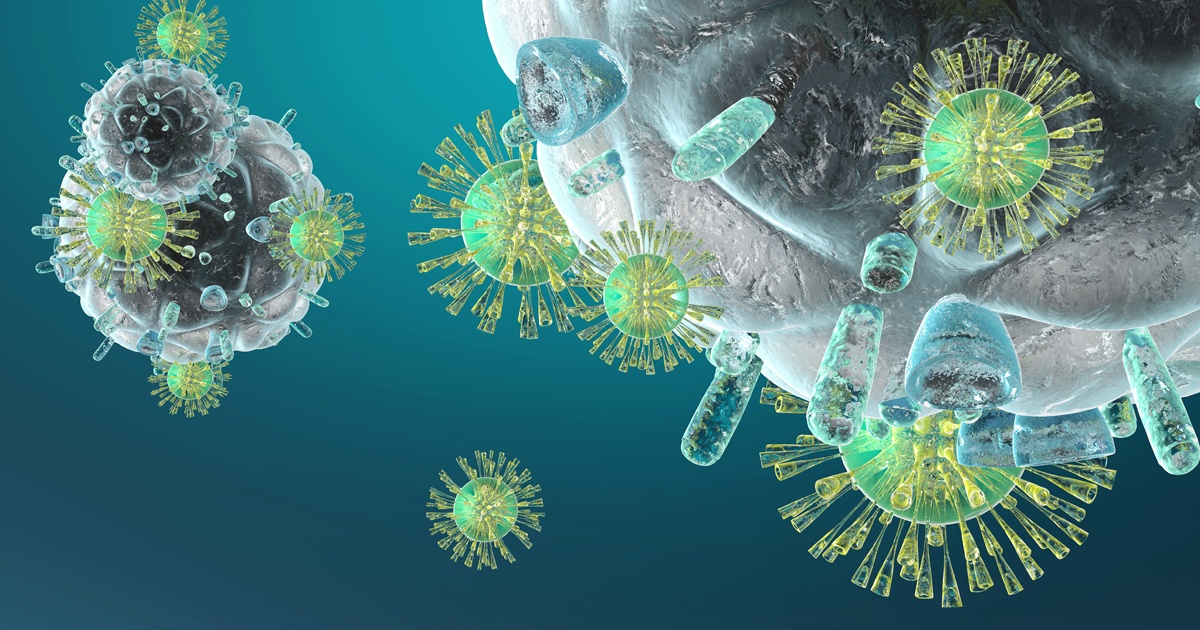Treatments For Large Cell Carcinoma
Cancer is a complex disease, and there are more than one hundred types. When this disease is present, the cells divide and do not stop. Most cancers are characterized by the abnormal cell division causing excess cells to form into a tumor, which is a type of solid mass. However, not all cancers have tumors, such as blood cancers. Large cell carcinoma describes a type of cancer where the cancer cells are bigger than normal cell sizes. This carcinoma may be seen in lymphoma and lung cancer. These tumors can spread, causing secondary cancers elsewhere in the body. Once large cell carcinoma is diagnosed, numerous treatment options might benefit the patient, depending on the stage and exact cancer type.
Chemotherapy And Radiation

Chemotherapy and radiation are among the most common cancer treatments. There are dozens of medications administered in several ways, such as orally, intrathecally into the space between the spine or brain and the tissue covering them, intra-arterially into an artery, intravenously, intraperitoneally into the peritoneal cavity, or topically. The purpose of chemotherapy is to shrink tumors, improve the efficacy of other treatments, and kill cancer cells. Radiation uses intense forms of energy to destroy cancer cells. The internal radiation type involves inserting liquid or solid radiation into the body at the cancer site. The external radiation type uses machines that aim the radiation at the area of the body where the cancer is present. For example, the machines will be aimed at the chest when using radiation for lung cancer. These two treatment options are often used together for large cell carcinomas because they can boost the efficacy of each other and other cancer treatments.
Continue to reveal more treatments for large cell carcinoma.
Targeted Therapies

Targeted therapies involve various drugs technically considered types of chemotherapy. However, compared to chemotherapy, targeted medications do have different mechanisms of action. For example, certain medications in this category might focus on the inner workings of a cell, which would result in the cancer cells being impacted and the healthy cells being left alone. The purpose of these therapies is to focus solely on the cancer cells. These medications can differentiate between healthy cells and cancer cells due to the DNA changes cancer cells undergo, making it possible for these therapies to switch off or block chemical signals, so the cancerous cells stop dividing or growing. They may cause cancer cell death via inhibiting blood vessel growth to the tumor or by changing proteins or kill the cancer cells by delivering toxins to them. These therapies may also work to kill cancer cells by triggering the patient’s immune system. The administration of these therapies depends on the medication used and may include any of the chemotherapy delivery routes.
Continue to learn about surgery as a treatment for large cell carcinoma.
